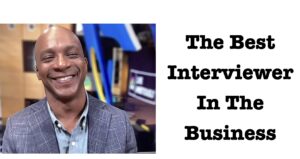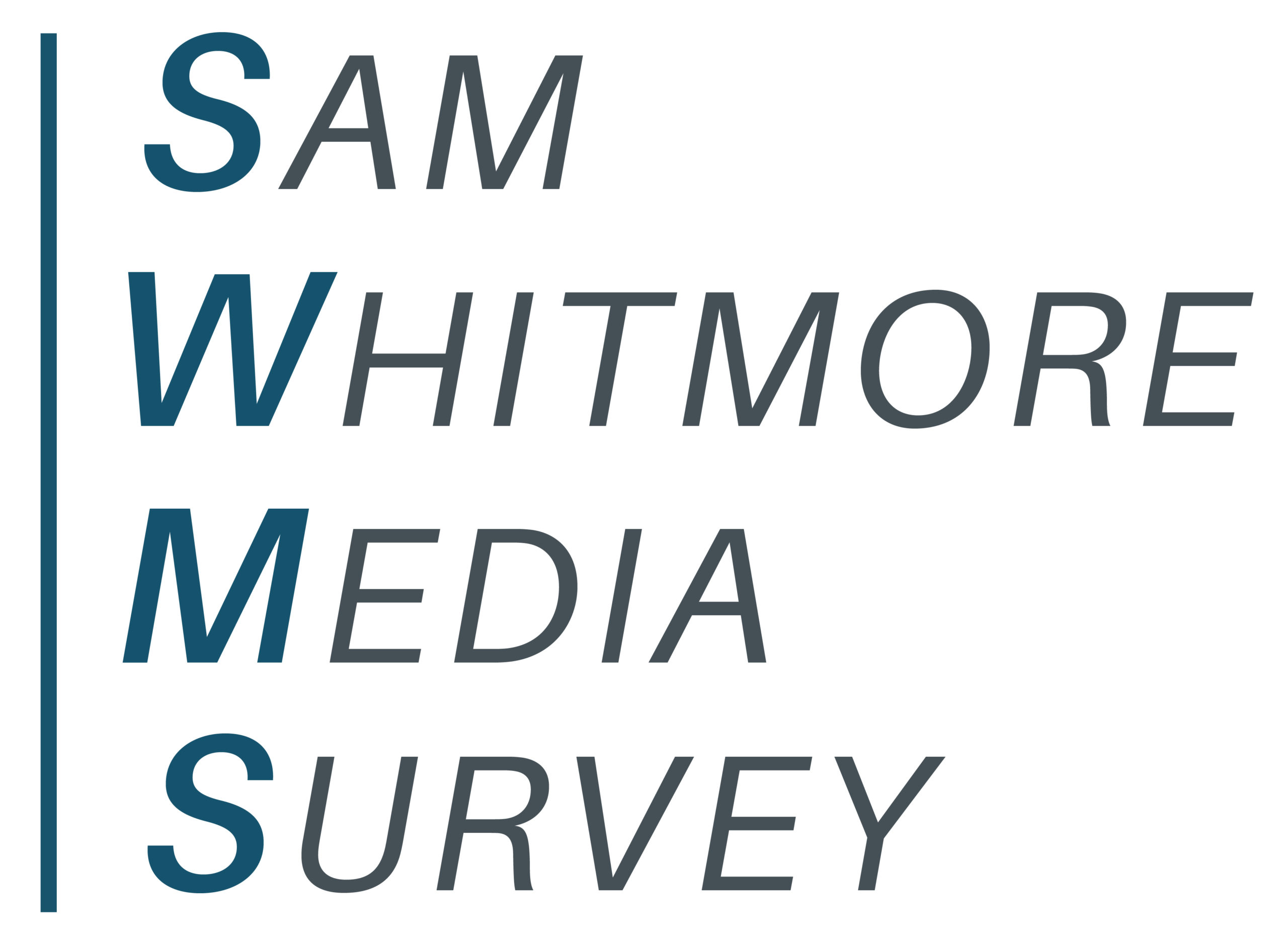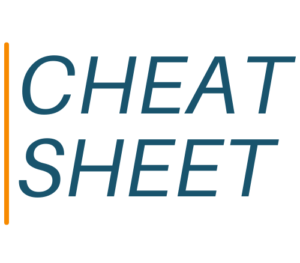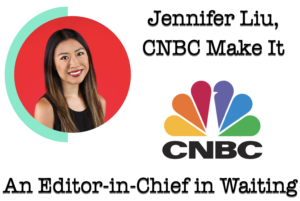
SWMS Q&A: Jon Fortt, CNBC
No one interviews more CEOs than Jon Fortt. Now in his 14th year at CNBC, the TV co-anchor and podcaster enjoys interviewing founders too. Jon likes to explore the minds of responsible people — fully responsible, for everything. That’s where the lessons are.



 Updated Apr. 21, here’s an updated cheat sheet on business TV bookers, producers and talent. The focus is on CNBC, Fox Business, Bloomberg and Cheddar.
Updated Apr. 21, here’s an updated cheat sheet on business TV bookers, producers and talent. The focus is on CNBC, Fox Business, Bloomberg and Cheddar. Media brands are hustling to build “community” and that trend will continue in 2021. Since executives can’t belong to them all, which one is best and by what measure? Based on attending and covering the 2nd annual summit late last month, we might suggest giving the CNBC Technology Executive Council a close look.
Media brands are hustling to build “community” and that trend will continue in 2021. Since executives can’t belong to them all, which one is best and by what measure? Based on attending and covering the 2nd annual summit late last month, we might suggest giving the CNBC Technology Executive Council a close look. CNBC anchor Jon Fortt applies his 20-20 vision to the state of tech journalism in this 194-word insight about “what happened” and “what’s missing.” Jon’s contribution is a companion piece to our coverage of Jason Calacanis’s Jul. 7 appearance on CNBC.
CNBC anchor Jon Fortt applies his 20-20 vision to the state of tech journalism in this 194-word insight about “what happened” and “what’s missing.” Jon’s contribution is a companion piece to our coverage of Jason Calacanis’s Jul. 7 appearance on CNBC. Are you struggling to interest Tier 1 reporters in lesser-known clients? So is Jason Calacanis. The former journalist and well-known investor and podcaster sounded off Jul. 7 to CNBC’s Jon Fortt and two other hosts about the trouble he and other VCs have had in breaking through — especially to the New York Times.
Are you struggling to interest Tier 1 reporters in lesser-known clients? So is Jason Calacanis. The former journalist and well-known investor and podcaster sounded off Jul. 7 to CNBC’s Jon Fortt and two other hosts about the trouble he and other VCs have had in breaking through — especially to the New York Times. The top ten companies gracing this year’s CNBC’s Disruptor 50 list received scant Tier 1 coverage during the previous 12 months. Based on SWMS research, the coverage that companies did receive was overwhelmingly from verticals. We did see three flattering profiles, worth deconstructing to see the elements they required.
The top ten companies gracing this year’s CNBC’s Disruptor 50 list received scant Tier 1 coverage during the previous 12 months. Based on SWMS research, the coverage that companies did receive was overwhelmingly from verticals. We did see three flattering profiles, worth deconstructing to see the elements they required. From a PR point of view, all Tier 1 TV interviews should go as well as the May 4 CNBC Jim Cramer interview of Salesforce founder Marc Benioff. Jim asked only four questions during the five-minute interview, three of which were veiled invitations for Marc to say whatever he had to say — which he did.
From a PR point of view, all Tier 1 TV interviews should go as well as the May 4 CNBC Jim Cramer interview of Salesforce founder Marc Benioff. Jim asked only four questions during the five-minute interview, three of which were veiled invitations for Marc to say whatever he had to say — which he did.